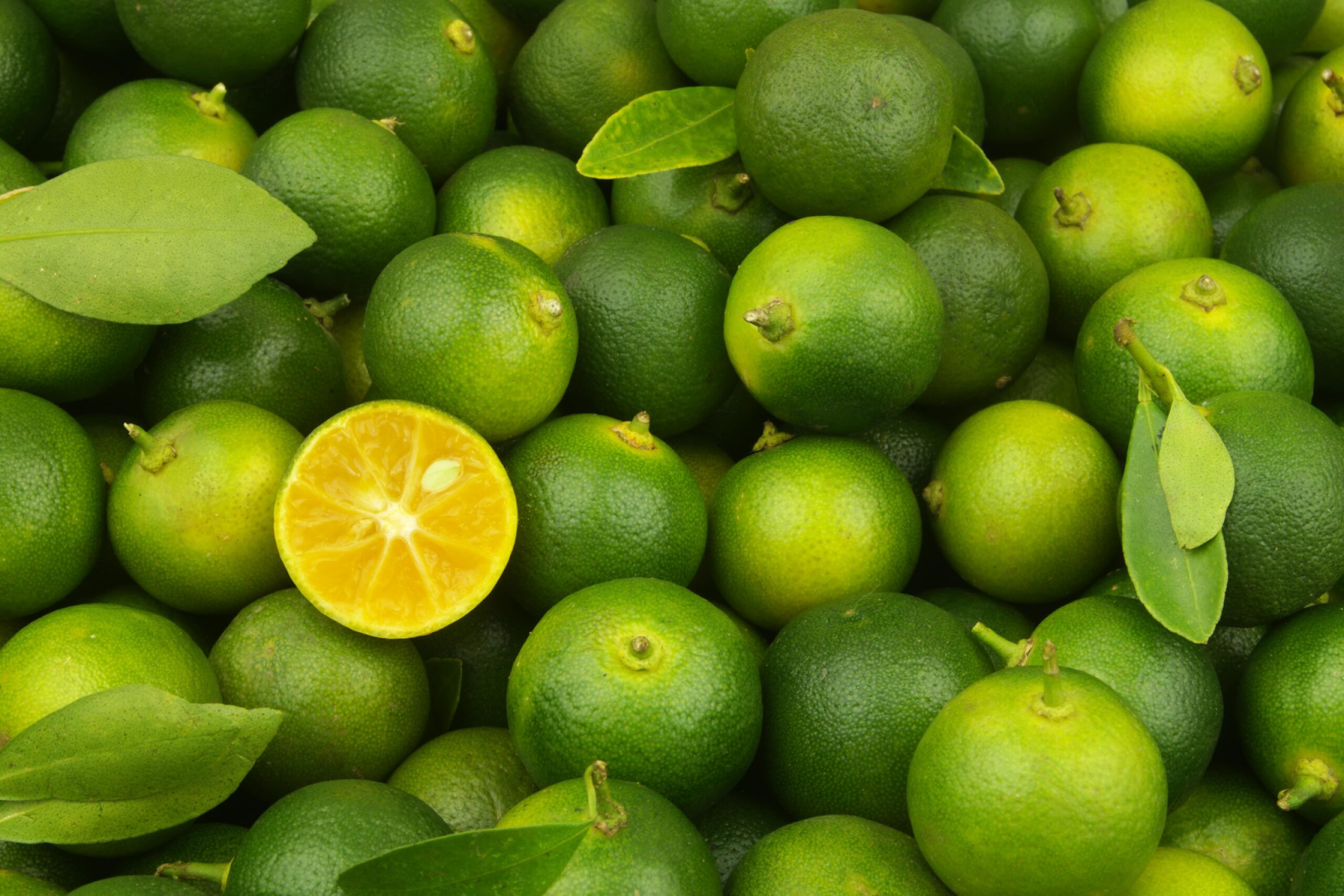Did you know there are over 50 fruits that start with the letter C—and some of them you’ve probably never heard of? From the juicy cherry to the exotic cupuacu, the world of fruits is full of surprises! But with so many options, it can be easy to miss out on these tasty and healthy treats.
In this blog post, we’ll explore 50+ irresistible fruits that start with C, sharing fun facts, flavor tips, and even where to find them. Whether you’re a fruit lover, a foodie, or just curious, you’re about to discover some delicious new favorites!
- Cacao
Cacao is the raw form of chocolate. It comes from the seeds of the cacao tree, which grows in warm places like West Africa, Central America, and South America. The seeds, also called cacao beans, are dried and sometimes roasted to make products like cacao powder, cacao nibs, and dark chocolate. Cacao is not sweet on its own—it has a strong, bitter taste.People like cacao because it is full of antioxidants and can help improve mood and energy. It’s used in many healthy snacks, smoothies, and desserts. Cacao is different from cocoa, which is processed at higher temperatures and often has added sugar. Related terms include “chocolate,” “cacao beans,” “cacao nibs,” and “dark chocolate.”
- Cactus Pear
Cactus pear, also called prickly pear, is a sweet fruit that grows on the pads of a cactus plant. It has a thick skin that can be red, green, or purple, and the inside is juicy with small, edible seeds. Cactus pears are mostly found in dry areas like Mexico, the southwestern United States, and parts of the Mediterranean.People eat cactus pears fresh, in juices, or as jelly and candy. They like it for its bright color, unique taste, and health benefits. Cactus pear is rich in vitamin C and fiber, and it’s often linked to terms like “prickly pear,” “nopales,” “cactus fruit,” and “Mexican fruit.”
- Calabash
Calabash is a type of fruit that grows on a vine or tree, depending on the variety. It has a hard shell and is usually green when fresh. People do not usually eat calabash raw. In many countries, the dried shell is used to make bowls, cups, or musical instruments. Some types of calabash can be cooked and eaten when they are young and tender. It is often used in soups and stews in parts of Africa, Asia, and the Caribbean.Calabash is important in many cultures. In Nigeria, for example, it is used to serve traditional drinks. In the Caribbean, calabash is sometimes turned into art or used in festivals. People like calabash because it is natural, useful, and a part of their traditions. Related words for SEO include gourd, bottle gourd, lagenaria, traditional African utensils, and calabash bowl.
- Calamansi

Calamansi is a small, green citrus fruit that comes from the Philippines and other parts of Southeast Asia. It looks like a tiny lime and has a sour, tangy taste. People often use it to add flavor to food, drinks, and sauces. Calamansi juice is popular as a refreshing drink, especially with a bit of sugar and ice. The fruit is also used in marinades, dipping sauces, and even in desserts.
Calamansi is loved not only for its taste but also for its health benefits. It is rich in vitamin C and is often used as a natural remedy for colds and sore throats. In Filipino homes, calamansi is a kitchen essential. Related keywords for SEO include Philippine lime, calamondin, calamansi juice, Filipino citrus, and sour citrus fruit.
- Calamondin
Calamondin, also known as calamansi, is a small citrus fruit that looks like a tiny orange or lime. It comes from Southeast Asia, especially the Philippines, and is known for its sour and tangy flavor. The fruit is green when unripe and turns orange when ripe, but it is often used while still green. Calamondin is not usually eaten on its own. Instead, people use its juice in drinks, sauces, marinades, and desserts.
Calamondin is popular because it adds a fresh, zesty taste to food and is full of vitamin C. In Filipino cuisine, it is a key ingredient and is often served with dishes like grilled meats or noodles. Some people also grow calamondin as a pretty potted plant. Related terms for SEO include calamondin orange, Philippine lime, calamansi fruit, citrus microcarpa, and sour citrus fruit.
- Camu Camu
- Canistel
Canistel, also called eggfruit, is a bright yellow fruit that comes from Central America and parts of Southeast Asia. It has soft, sweet flesh that feels a bit like a cooked egg yolk—thick, creamy, and rich. The outside is smooth and shiny, and the inside has a few large seeds. Canistel is often eaten fresh or used in milkshakes, ice creams, and baked goods.People enjoy canistel for its unique texture and sweet flavor, which is sometimes compared to sweet potato or pumpkin. It’s also a good source of vitamins A and C. This tropical fruit grows best in warm climates and is especially popular in countries like the Philippines, Mexico, and Vietnam. Related SEO terms include eggfruit, Pouteria campechiana, tropical fruit, yellow fruit, and canistel smoothie.
- Cantaloupe
Cantaloupe is a sweet, orange-fleshed melon that is enjoyed all over the world. It has a rough, netted skin on the outside and juicy, fragrant fruit inside. Cantaloupe is usually eaten fresh, often in fruit salads, smoothies, or just on its own as a cool snack. It is very refreshing, especially during hot summer days.
This melon is rich in vitamins A and C, which are good for your eyes and immune system. Cantaloupe originally comes from parts of Africa and Asia, but it is now grown in many countries, including the United States and Italy. Related keywords for SEO include muskmelon, cantaloupe melon, summer fruit, orange melon, and vitamin C fruit.
- Cape Gooseberry
Cape gooseberry is a small, round fruit with a bright orange color and a sweet-tart taste. It comes wrapped in a light brown, papery husk that looks like a tiny lantern. This fruit is native to South America, especially Peru and Colombia, but is now grown in many parts of the world, including South Africa, where it got its name. Cape gooseberries can be eaten fresh, used in jams, desserts, or even added to salads.
People enjoy cape gooseberries because of their unique flavor and high vitamin C content. They are also rich in antioxidants and fiber. The fruit is often used as a decorative topping on cakes due to its lovely husk. Related SEO terms include Physalis peruviana, goldenberry, inca berry, cape gooseberry fruit, and tropical superfruit.
- Cara Cara Orange
- Carambola
- Carissa
Carissa, also known as Natal plum or Carissa macrocarpa, is a small, red or dark purple fruit that grows on a thorny shrub. It is native to South Africa and is also grown in warm climates around the world. The fruit is sweet and slightly tart, and can be eaten fresh or made into jams, jellies, and sauces. Some types of carissa can be very sour or even mildly toxic when unripe, so it’s important to eat them only when fully ripe.
People like carissa for its rich flavor and bright color, as well as the plant’s beauty in gardens—it has glossy green leaves and fragrant white flowers. It’s also a source of vitamin C and antioxidants. Related SEO terms include Natal plum, Carissa macrocarpa, edible hedge plant, South African fruit, and tropical berry.
- Cascara
- Cashew Apple
- Catmon
- Caviar Lime
- Cawesh
- Cedar Bay Cherry
- Cempedak

Cempedak is a tropical fruit that is native to Southeast Asia, especially Malaysia and Indonesia. It looks similar to jackfruit, with a greenish-yellow, bumpy outer skin and soft, yellow-orange flesh inside. The fruit has a strong, sweet smell and a rich, creamy taste that many people describe as a mix of banana, mango, and durian. Cempedak is usually eaten fresh or deep-fried in batter as a popular local snack.
People love cempedak for its bold flavor and smooth texture. It is rich in fiber and vitamins, making it both tasty and nutritious. The seeds can also be boiled or roasted and eaten. Related SEO terms include cempedak fruit, Artocarpus integer, jackfruit family, Southeast Asian fruit, and fried cempedak.
- Ceylon Gooseberry
- Changunga
- Charichuelo
- Chayote
- Cherimoya
- Cherry
- Cherry Plum
- Chico Fruit
- Chocolate-Fruit
- Chokeberry
- Chokecherry
- Citrofortunella
- Citron
- Clementine
- Cloudberry
- Cluster Fig
- Cocky Apple
- Coco De Mer
- Coco Plum
- Coconut
- Coffee Cherry
- Coffee Fruit
- Colonnade ‘Maypole’ Apple
- Common Apple Berry
- Conkerberry
- Cornelian Cherry
- Crab Apple
- Craisin
- Cranberry
- Crowberry
- Cucumber
- Cumquat
- Cupuacu
- Currant
- Custard Apple

Jean Smith is a fitness enthusiast and blogger who focuses on fitness and a healthy lifestyle. She is passionate about assisting people in living healthier lifestyles and is constantly on the lookout for new and creative methods to stay fit and healthy. Her articles are excellent resources for anyone interested in improving their health and fitness.
